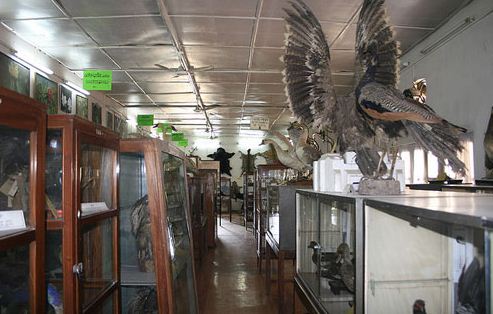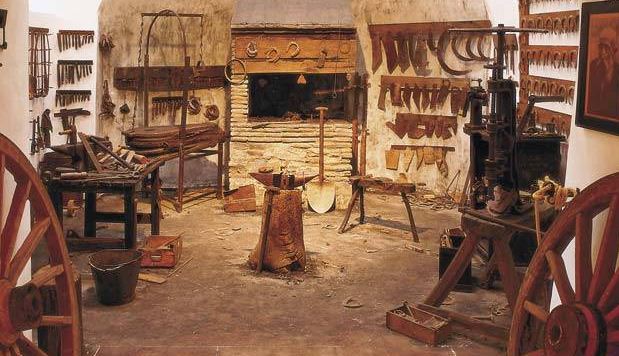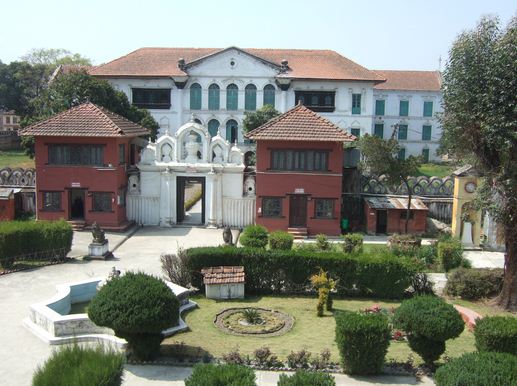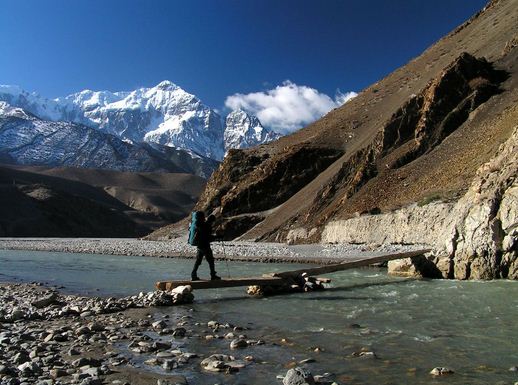Location: Chhauni, Kathmandu Nepal
Type: History Museum
Coordinates 27.705605° N 85.289011° E
National Museum of Nepal is in the capital city of Kathmandu at a short distance from the Swayambhunath Stupa. The Museum stands as a Tourist Destination and Historical Symbol for Nepal. It is the Largest Museum of the country Nepal. The Museum plays an important role in Nationwide Archaeological of Museums. The monument serves to relive the battles fought on the Ground of Nepal. The classical building of the Museum is on the Western Side of the River Vishnu against a Hilly background. On the left is the art gallery displaying statues, Wood Carvings and Paintings.
 The Historical Museum was built by Prime Minister of Nepal, Bhimsen Thapa in 18th century. The Military section is a collection of Weapons and Artifacts from Ancient Medieval and Modern Nepal. Mammals, Amphibians, Reptiles, Birds, Butterfly and Insects, Pelt, Horn or Endo skeletons of Tiger, Leopard, Red Panda, Flying Squirrel, Colourful Plumage of birds may be cited. The main attractions are collection of Historical artworks and Historical display of weapons used in the wars in the 18-19th century. Juddha Jayatia, Kala Shala, and Buddha Art Gallery are the three main building which consists of Natural Historical Section, Cultural Section and Philatelic Section.
The Historical Museum was built by Prime Minister of Nepal, Bhimsen Thapa in 18th century. The Military section is a collection of Weapons and Artifacts from Ancient Medieval and Modern Nepal. Mammals, Amphibians, Reptiles, Birds, Butterfly and Insects, Pelt, Horn or Endo skeletons of Tiger, Leopard, Red Panda, Flying Squirrel, Colourful Plumage of birds may be cited. The main attractions are collection of Historical artworks and Historical display of weapons used in the wars in the 18-19th century. Juddha Jayatia, Kala Shala, and Buddha Art Gallery are the three main building which consists of Natural Historical Section, Cultural Section and Philatelic Section.
In 1928, the National Museum of Nepal was Established housing an old building in early 19th century. The Building has collection of bronze Sculptures, Paubha Paintings and Weapons. The Museum was originally used to display Firearms and Weapons used in the war History of Nepal. The Prime Minister of Nepal Juddha Shamsher, Jung Bahadur Rana allowed Nepalese to visit the Museum. He raised a building for an Art Museum and named it after Juddha Jatiya Kalashala.
 The Licchavi King Jayavarma of the second century is the one of the prominent among the stone Images. This large statue found in Handigaon stands majestically after being restored by an Italian Project. The head of the 12th century Veenadharini Saraswati from Pharping’s Kamal pokhari; the 9th century Buddha from Bhinchhe Bahal, Patan; the 14th century Surya from Panauti’s Triveni Ghat and the 10th century Garudasana Vishnu from Hyumat Tole; Kathmandu are four stolen sculptures which are kept in the stone work section of the Gallery. A series of paintings depicting Krishna’s miraculous deed are important artwork and also known as Krishna lila. It covers major part of the Gallery in the Paintings section. The Bouddhist art gallery has been divided into three Section. The Terai section is Adored with photographs of Lord Buddha’s birthplace in Lumbini, similarly in Kathmandu valley section the statue of Buddha and Bodhisativas cast in bronze and in Northern Himalayan section reflect the influence of Tibetan Buddhism. Dipankara Buddha is the important parts of the Buddhist Collection. The Military Section is a collection of Weapons and Artifacts from Ancient, Medieval and Modern Nepal. Historical and Modern Paintings of Prime Ministers and Kings of Malla and Shah Dynasties are Exhibites along with show cases presenting Nepalese Historical Weapons. The Museum has practicle application in portraying and understanding the past and present Traditions of people of Nepal.
The Licchavi King Jayavarma of the second century is the one of the prominent among the stone Images. This large statue found in Handigaon stands majestically after being restored by an Italian Project. The head of the 12th century Veenadharini Saraswati from Pharping’s Kamal pokhari; the 9th century Buddha from Bhinchhe Bahal, Patan; the 14th century Surya from Panauti’s Triveni Ghat and the 10th century Garudasana Vishnu from Hyumat Tole; Kathmandu are four stolen sculptures which are kept in the stone work section of the Gallery. A series of paintings depicting Krishna’s miraculous deed are important artwork and also known as Krishna lila. It covers major part of the Gallery in the Paintings section. The Bouddhist art gallery has been divided into three Section. The Terai section is Adored with photographs of Lord Buddha’s birthplace in Lumbini, similarly in Kathmandu valley section the statue of Buddha and Bodhisativas cast in bronze and in Northern Himalayan section reflect the influence of Tibetan Buddhism. Dipankara Buddha is the important parts of the Buddhist Collection. The Military Section is a collection of Weapons and Artifacts from Ancient, Medieval and Modern Nepal. Historical and Modern Paintings of Prime Ministers and Kings of Malla and Shah Dynasties are Exhibites along with show cases presenting Nepalese Historical Weapons. The Museum has practicle application in portraying and understanding the past and present Traditions of people of Nepal.
 Here is Nepal a blog about Nepal
Here is Nepal a blog about Nepal


I like the information. thanks